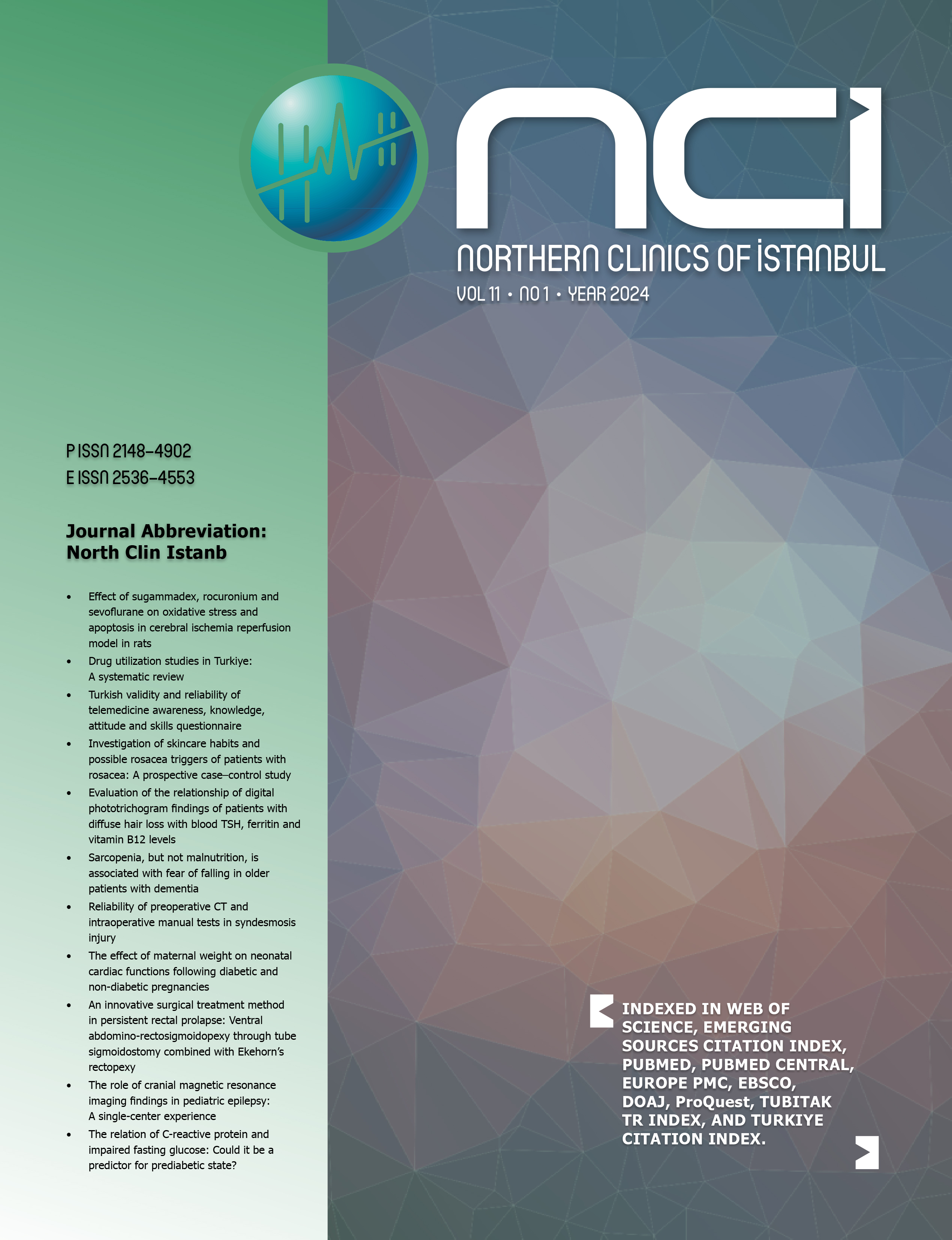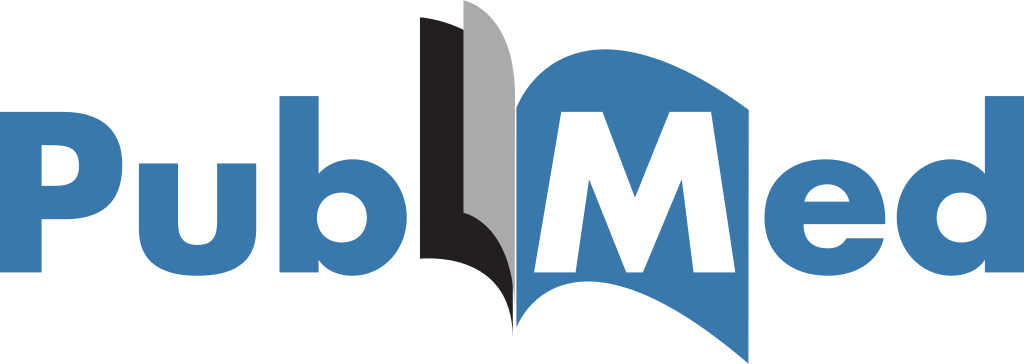Neostigmine versus sugammadex on post-operative recovery following bariatric surgery
Osman Ekinci1, Duygu Demiriz Gulmez2, Ferhunde Dilek Subasi1, Asu Ozgultekin1, Oznur Demiroluk31Department of Anesthesiology and Reanimation, University of Health Sciences, Haydarpasa Numune Training and Research Hospital, Istanbul, Turkiye2Department of Anesthesiology and Reanimation, Giresun University Faculty of Medicine, Giresun, Turkiye
3Department of Anesthesiology and Reanimation, University of Health Sciences, Fatih Sultan Mehmet Training and Research Hospital, Istanbul, Turkiye
OBJECTIVE: The purpose of our study was to compare the recovery characteristics and side effects of sugammadex (SM) and neostigmine (NT) in morbidly obese patients undergoing bariatric surgery. Residual neuromuscular block is a serious condition that increases pulmonary complications after anesthesia. Although acetylcholinesterase inhibitors help reverse this block, they may be insufficient, especially when administered with inhalational anesthetics. SM, a selective antagonist, may be more effective in reversing the block.
METHODS: Patients were randomly divided into NT group (Group NT, n=34) and SM group (Group SM, n=34).For the induction, fentanil (11.5 µ/kg), propofol (23 mg/kg), and rocuronium (0.6 mg/kg) were used.For the maintenance, 50% O2 + air, 1% sevoflurane, and remifentanil (0.50.3 µg/kg/min) were used. Additional rocuronium was given to maintain the train of four (TOF) ratio ≤2. On completion of surgery and when the TOF ratio was 2, group NT received 50 µg/kg of NT with 20 µg/kg of atropine, whereas group SM received 2 mg/kg of SM. Hemodynamic parameters and peripheral oxygen saturation (SpO2) were recorded every 10 minfirst, and every 5 min after the reversal agents were given. When the TOF ratio was 0.9 or higher, time to reach a TOF ratio of 0.9, and time to extubation were recorded. Patients were observed in the recovery room for 30 min for adverse effects.
RESULTS: Demographic characteristics of the patients and total rocuronium use in two groups were similar (p>0.05).Time to extubation, time to TOF ratio of 0.9, time until patients responded to stimuli, time until cooperation, and time until orientation were significantly shorter in the SM group than in the NT group. Time to reach the Aldrete score of 9 was also significantly shorter in the SM group (p<0.05).In the post-operative period, hemodynamic variables and side effects such asrespiratory difficulty, nausea, vomiting, hypo/hypertension, and presence of pain showed no statistically significant differences between the groups (p>0.05).
CONCLUSION: Considering the high risk of post-operative respiratory insufficiency inmorbidly obese patients, SM could be a safer choice in this patient group.
Bariatrik Cerrahide Postoperatif Derlenmede Sugammadex Ve Neostigmin Karşılaştırılması
Osman Ekinci1, Duygu Demiriz Gulmez2, Ferhunde Dilek Subasi1, Asu Ozgultekin1, Oznur Demiroluk31Sağlık Bilimleri Üniversitesi, Haydarpaşa Numune Eğitim ve Araştırma Hastanesi, Anesteziyoloji ve Reanimasyon Anabilim Dalı, İstanbul2Giresun Üniversitesi Tıp Fakültesi, Anesteziyoloji ve Reanimasyon Anabilim Dalı, Giresun
3Sağlık Bilimleri Üniversitesi, Fatih Sultan Mehmet Eğitim ve Araştırma Hastanesi, Anesteziyoloji ve Reanimasyon Anabilim Dalı, İstanbul
Amaç: Çalışmamızın amacı sugammadex ve neostigmini bariatrik cerrahi geçirecek morbid obez hasta grubunda uyanma özellikleri ve yan etkileri açısından karşılaştırmaktı. Rezidüel nöromüsküler blok, anestezi sonrası pulmoner komplikasyonları artıran ciddi bir durumdur. Asetilkolinesteraz inhibitörleri bu bloğu tersine çevirmeye yardımcı olsalar da, özellikle inhalasyon anestezisi ile uygulandıklarında yetersiz olabilirler. Seçici bir antagonist olan sugammadeks, bloğu tersine çevirmede daha etkili olabilir.
Yöntem: Hastalar rastgele olarak neostigmin(Grup NT, n=34) ve sugammadeks(Grup SG, n=34) olarakiki gruba ayrıldı.
İndüksiyon için fentanil (1-1.5 µ/kg), propofol (2-3 mg/kg), roküronyum (0.6 mg/kg); idame de ise, %50 O2 + hava, %1 sevofluran, ve 0.5 - 0.3 μg/kg/dk remifentanil kullanıldı. Train of four (TOF) oranını ≤ 2 tutmak için gereğinde roküronyum ek doz yapıldı.Cerrahi sonlanmasıyla, ve TOF 2 olduğunda grup NT 50 μg/kg neostigmin ve 20 μg/kg atropin, grup SM ise 2 mg/kg sugammadeks aldı.Hemodinamik parametreler ve periferik oksijen saturasyonu(SpO2) önce her on dakikada bir, dekürarizasyon ajanları verildikten sonra ise 5 dakikada bir kaydedildi.
TOF oranı 0.9 olduğunda, TOF 0.9 zamanı ve ekstübasyon zamanı kaydedildi.Hastalar yan etkiler açısından derlenme odasında yarım saat gözlendi.
Sonuç: İki gruptaki hastaların demografik verileri ve total rokuronyum kullanımı benzerdi (p>0.05).
Ekstübasyona kadar geçen zaman, TOF 0.9 zamanı, sözlü uyarıya yanıt, kooperasyon ve orientasyon süreleri SM grubunda NT grubuna göre istatistik olarak anlamlı ölçüde kısa idi(p<0.05)
Hemodinamik değişkenler ve solunum güçlüğü, bulantı, kusma, hipo-hipertansiyon ve ağrı gibi postoperatif dönemdeki yan etkiler her iki grup arasında istatistiksel açıdan farklı değildi(p>0.05)
Morbid obez hastalarda postoperatif solunum güçlüğü riski yüksektir, bu nedenle sugammadeks daha güvenli bir seçenek olabilir. (NCI-2021-1-20/R1)
Manuscript Language: English





















